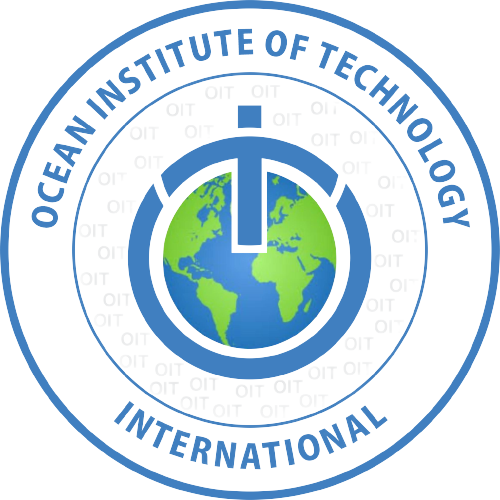The History & Evolution of IATA
An Overview:
This course provides an in-depth examination of the history and evolution of the International Air Transport Association (IATA). It focuses on the key milestones, initiatives, and contributions of IATA in shaping global aviation standards, safety, and efficiency.
Course Highlights:
- Founding and Early Years:
Exploration of the establishment of IATA in 1945 and its initial objectives in promoting safe, regular, and economical air transport. - Standardization Efforts:
Analysis of IATA’s role in developing and implementing global aviation standards, including ticketing, safety regulations, and operational procedures. - Technological Advancements:
Overview of IATA’s contributions to technological innovations in aviation, such as electronic ticketing and the development of global distribution systems. - Safety and Security Initiatives:
Examination of IATA’s safety programs, including the Operational Safety Audit (IOSA) and efforts to enhance aviation security worldwide. - Sustainability and Future Directions:
Insights into IATA’s initiatives for sustainable aviation, including environmental programs and strategies for reducing the industry’s carbon footprint. - Global Influence:
Discussion of IATA’s influence on international aviation policy, collaboration with regulatory bodies, and support for airline industry interests.
Course Designed for:
This course is designed for aviation professionals, industry analysts, policymakers, and students interested in the history and impact of IATA. It is ideal for those seeking to understand the pivotal role IATA has played in the evolution of global aviation standards, safety, and industry practices.
Menu


